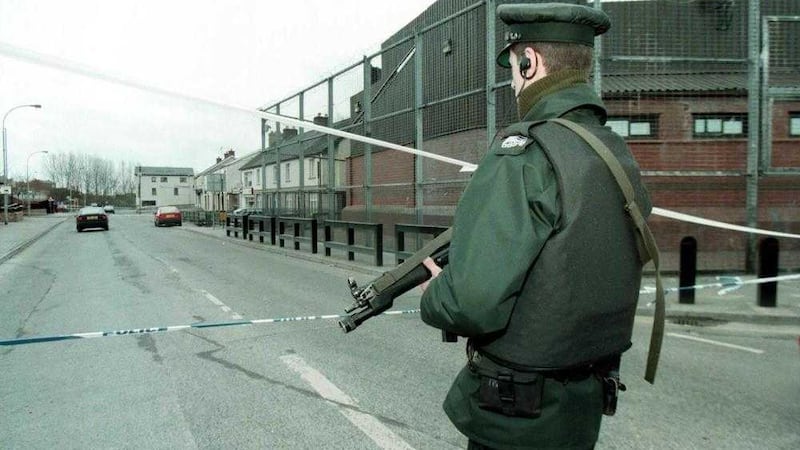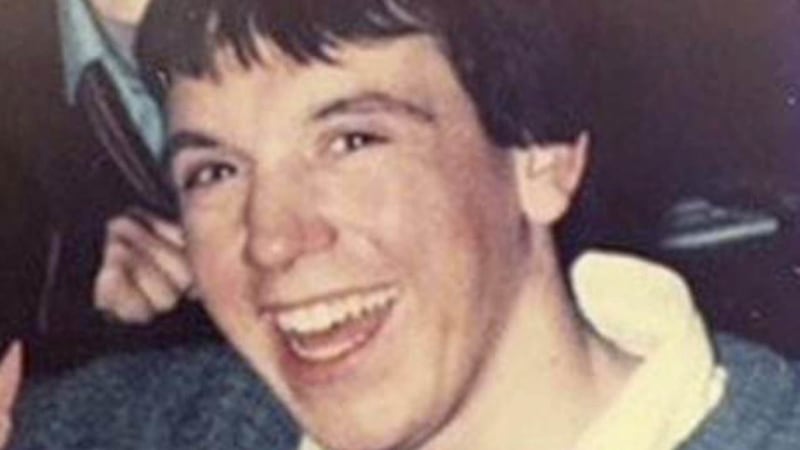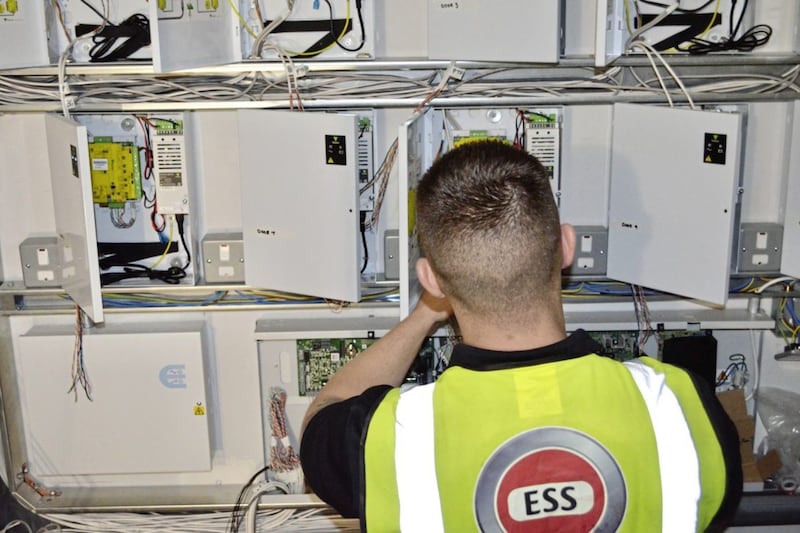Blood spots left in a priest's car used by a suspect in an IRA bombing match the DNA of a Co Tyrone man accused of the attack, a court has heard.
Paul Campbell (37) was also treated for a gunshot wound in a hospital across the border the day after the SAS fired on two men suspected of attacking Coalisland police station, a detective told Dungannon Magistrates' Court.
Campbell was arrested at a railway station in Portadown at the weekend - 18 years after the 1997 improvised grenade bomb bid on the heavily-fortified RUC station.
The accused, whose address was given as The Mills, Coalisland, Co Tyrone, appeared before District Judge John Meehan accused of causing an explosion with intent to endanger life.
While the offence normally commands a maximum sentence of life imprisonment, only two years could be imposed under the terms of the Good Friday Agreement's early release arrangements.
Campbell, wearing jeans and blue checked shirt, did not speak during the hearing yesterday. He also remained seated when asked to stand.
As he entered the dock, amid an armed police presence in court, he nodded to his wife and other supporters in the public gallery.
The court heard that on the night of the incident, just months before the second IRA ceasefire, an SAS soldier saw two men running down a laneway at the rear of the station and, fearing they were about to produce weapons, opened fire.
Coalisland man Gareth Doris, then 19, was struck and fell to the ground seriously injured.
He was later charged in hospital and in 1998 was handed a 10-year jail sentence, although he was released after two years under the Good Friday accord.
Forensic results showed clothing worn by Doris contained traces of Semtex.
The other man, whom police believe was Campbell, climbed into a white car which drove off and was also fired at.
A detective told the judge the white Toyota belonged to local parish priest Father Seamus Rice, who had been returning home from an evening at chapel.
He recalled a loud crash and his back window came in. A man then jumped into the rear and ordered him to drive.
The terrified priest did so, but felt compelled to return to the scene in his role as a priest.
The passenger then told Fr Rice to stop and let him out, which he did so. He was unable to identify the man.
The detective said blood stains left in the back seat were forensically tested and the results were compared with a DNA swab taken from Campbell on Sunday.
"The sample from Paul Campbell positively matched blood recovered from the rear of the car driven by Father Rice on the date of the offence," she said.
The officer also said a man calling himself John Murphy presented at a hospital in Co Louth the day after the shooting.
She said he gave the same date of birth as Campbell but told staff he had sustained injuries falling off a motorcycle.
A medical examination found a bullet lodged in his body, which was removed.
The detective said gardai later identified the injured man as Campbell and arrested him for questioning.
Judge Meehan asked if efforts to extradite the suspect had been made in the wake of his detention by gardai.
The detective said she was unaware if extradition was considered at the time but police in Northern Ireland had been consulting with prosecutors from 2011 onward about requesting a European Arrest Warrant.
She said when the first opportunity arose to arrest him north of the border, officers took it.
Lawyer Peter Corrigan, representing Campbell, told the court his client had not been living in the Republic since the incident.
The KRW Law solicitor said he had been residing openly in Coalisland for periods, including working in his uncle's bar.
The detective told the court that grounds to arrest Campbell only emerged in 2011 as a consequence of another police investigation in Coalisland.
At that point, the officer said, Campbell moved across the border to Co Monaghan, where he has lived for four years.
She opposed bail, citing risks of reoffending, interfering with witnesses and absconding from the jurisdiction.
The officer told the court Campbell did not answer any questions during 14 recorded interviews or when the charge was put to him in custody.
Mr Corrigan insisted bail should be granted.
He questioned why it had taken police so long to arrest his client if blood samples were obtained from the car in 1997.
He described his client as being from a well-respected family and noted that neither he nor any relative had a criminal conviction.
He said his roots were now firmly in Coalisland as he had recently reconciled with his wife who lived in the town.
The solicitor claimed there was no risk of interfering with witnesses, highlighting that the main evidence was based on testimony from SAS soldiers, a scientific expert in blood analysis and a priest who already said he could not identify the accused.
Pointing to alleged deficiencies in the prosecution case, Mr Corrigan said: "This defendant has every incentive to attend court."
The lawyer also said other individuals accused of Troubles-related crimes had been released on bail.
Judge Meehan granted bail, with a number of tight restrictions.
However, a representative from the Public Prosecution Service said the decision would be challenged in the High Court.
The judge told Campbell he would remain in custody until the appeal was heard.








